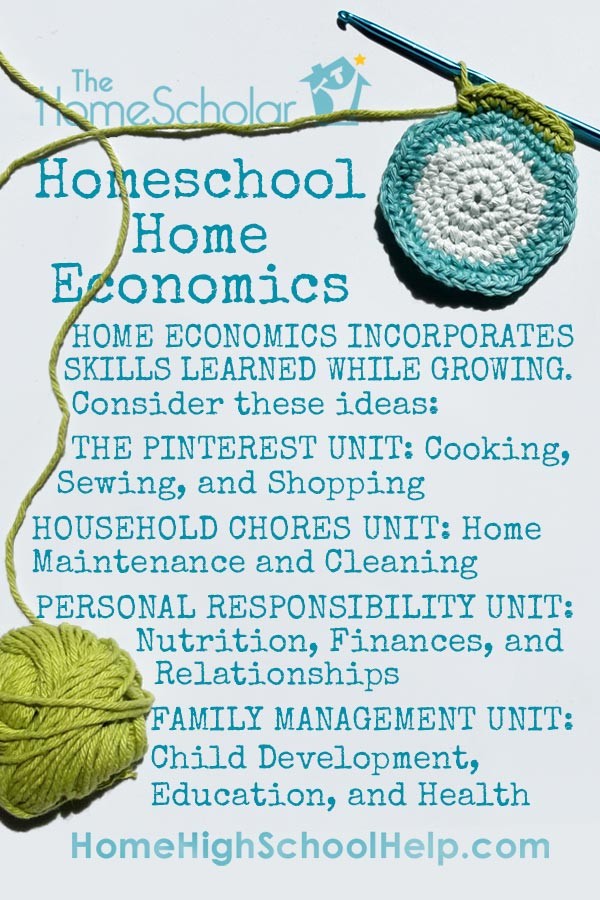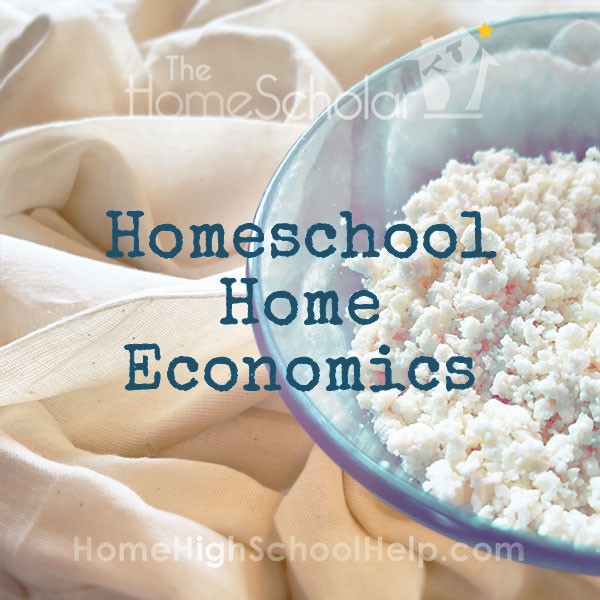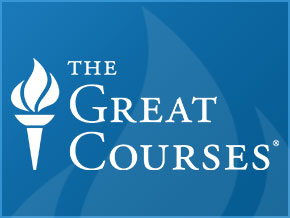Homeschool Home Economics
Many families consider Home Economics to be a key course for high school. There are ten more. Curious about what they are? Click to find out more in my free eBook: The 10 Essentials for Homeschooling High School
Home economics has become more important than it used to be, when skills were accumulated in the process of growing up. With our busy lifestyles, now we need to consciously implement these important life skills. All around us you see a generation who struggles with "adulting", showing that even common home economics tasks are so unusual they require a social media post when pulled off successfully.
Course Descriptions for Home Economics
Course descriptions should be provided for all courses, even non-core electives. Each course in high school adds value to the student's preparation for college and life and has equal value. Here are some ideas for course descriptions:
Home Economics
This course will focus on the daily issues that impact individuals and families within the home. This course will develop young adults with good decision-making skills, capable of running a smoothly functioning household. The student will understand the basic concepts of nutrition and food preparation, child development, and how to promote the health and welfare of the family. The student will understand how to balance a family budget. The student will understand the basics of interior decorating and design. The student will learn basic or advanced sewing and textile skills, including fashion design and proper care and cleaning of textiles.
Family and Consumer Sciences
Students who have completed Home Economics may take this advanced Family and Consumer Sciences course. These advanced students will expand their cooking and baking repertoire and be capable of preparing a wider variety of dishes, both formal and informal, from appetizers to desserts. They will be able to plan, shop, cook, and present meals within a set budget. Advanced students will continue their study of child development, including physical, mental, and spiritual health.
Home Economics does not require a curriculum. You can teach it at home through practice. Consider these ideas:
- The Pinterest Unit: Cooking, Sewing, and Shop
- Household Chores Unit: Home Management, Cleaning, and Maintenance
- Personal Responsibility Unit: Nutritional, Financial, and Relationship Issues
- Family Management Unit: Child Development, Education, and Health
- Professional Behavior Unit: Etiquette, Dress, and Habit
Topics might include some or all these ideas.
- Child Development
- Diet and Meal Planning
- Family Relationships
- Financial Responsibility
- Foods and Nutrition
- Food Preparation
- Healthy Cooking
- Household Budgeting
- Interior Design and Aesthetics
- Money Management
- Sewing, Clothing and Textiles
Grading might include the work done, the projects completed, or a culminating activity or portfolio. Consider these categories of evaluating your child and use what works.
- Performance and Assignments: list classwork sewing projects or recipes completed.
- Participation: student work log of projects completed
- Final Exam: this could be a written report or project. It could show the culmination of what they learned, like showing their fashion portfolio, or pulling off a complete family meal from start to finish.
No other high school class incorporates as many important life skills as home economics. If you are teaching it, don't shy away from putting it on your homeschool transcript.
Do you have other ideas that you've incorporated into a home economics unit?
When you subscribe to the blog, we will send you an e-mail when there are new updates on the site so you wouldn't miss them.

 Login
Login









.jpg)

Comments